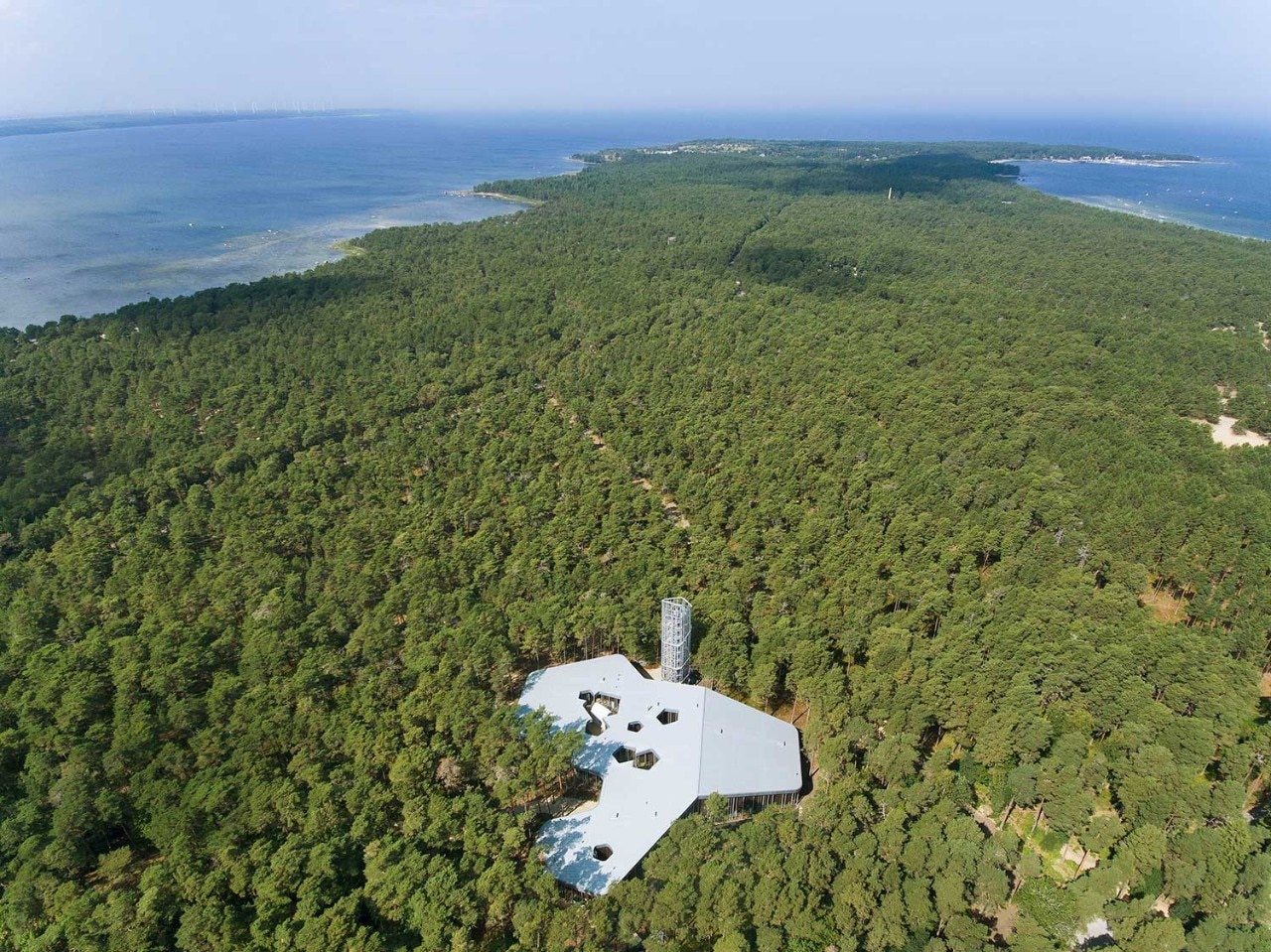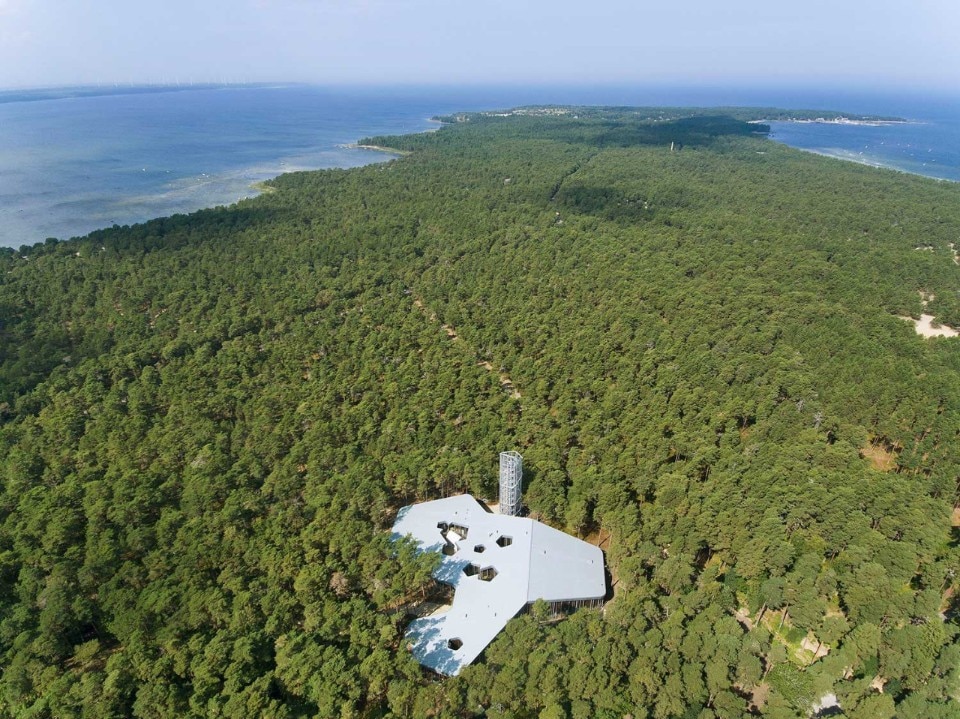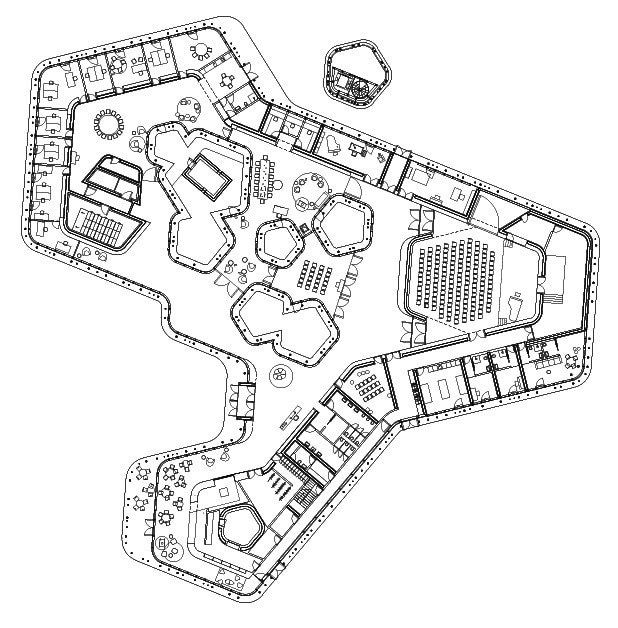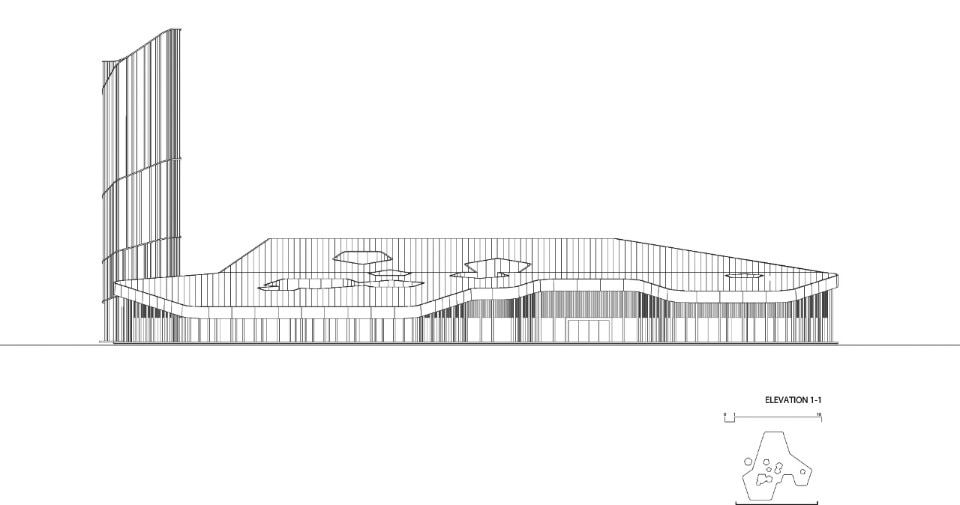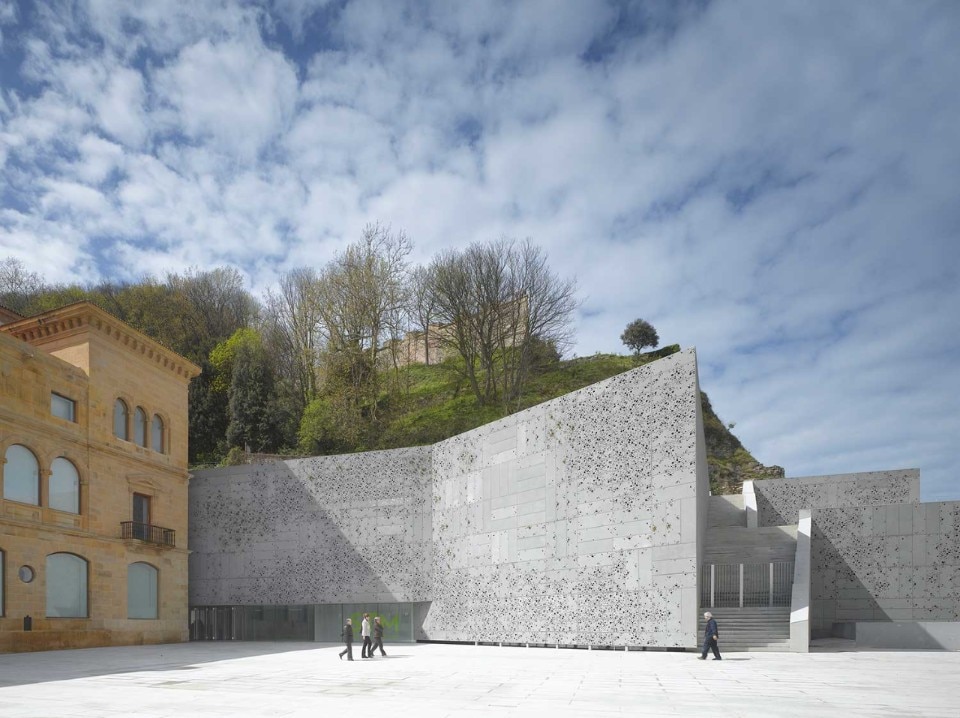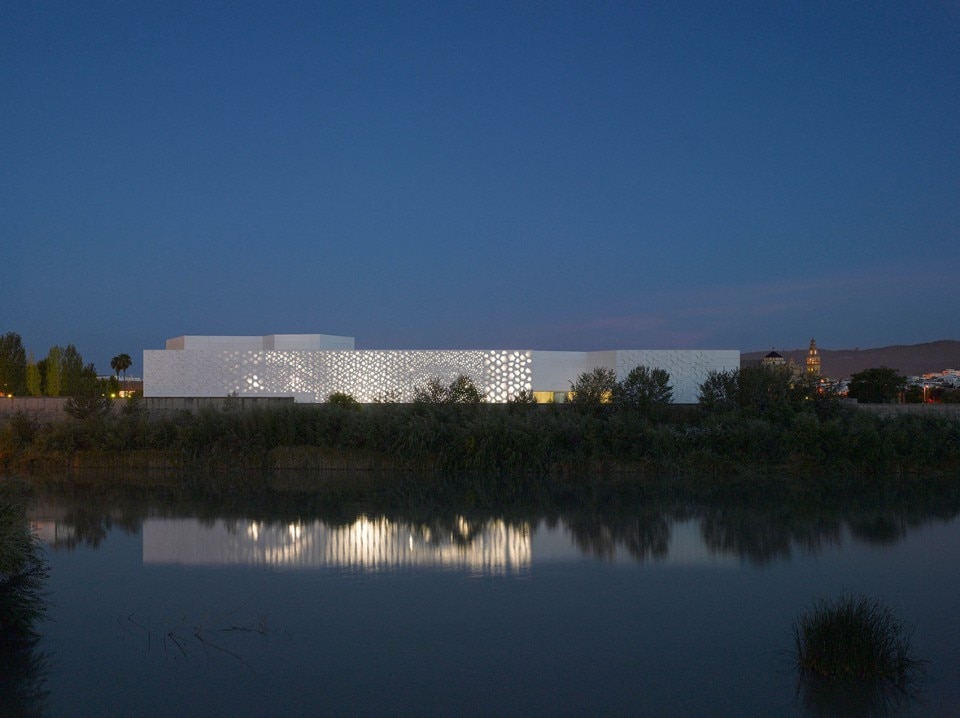Sensitivity to the genius loci, the creation of complex spaces by combining simple elements, and the search for the surprise of natural light are some of the traits distinguishing work by Nieto Sobejano Arquitectos. The practice was founded in 1985 by Fuensanta Nieto and Enrique Sobejano (both Madrid, 1957) in their birth-city. Their definition of place is not univocal. Design ideas might be based on site morphology, history, memory, materials or the social themes of a determined space. Instead of cultivating a predetermined visual language, these Spanish architects start from complicated, stratified conditions to generate a positive impact on the urban surroundings and the life of the citizens.
Nieto Sobejano, which has been running a branch in Berlin since 2015, belongs to a generation of Spanish practices (like Mansilla+Tuñón, Francisco Mangado and RCR Arquitectes) that has led the country’s architecture into its contemporary dimension. A substantial part of work by Nieto Sobejano is large public buildings, museums and the renovation of historical complexes, often competitions. Despite their size and intricacy, the buildings never lose their attention regarding visitors, and have the aim of rousing emotions and impressions. Through light, material and consistency, Nieto Sobejano responds to the needs of people not only on a functional level, but also sensorially.
One of the projects that best represents its poetic content is the Arvo Pärt cultural centre (2018) in Laulasmaa, Estonia, dedicated to the famous composer. Immersed in a thick pine forest, the building was conceived so as to not have precise limits and be continuous with the trees, creating a unique resonance between music, landscape and architecture. Another significant piece of work is the Kunstmuseum Moritzburg (2008) in Halle, Germany, the renewal of a 15th-century gothic building that maintains a good part of the original structure, topping it with a new roof that folds and breaks in response to the underlying galleries.
Nieto Sobejano Arquitectos
Through light, material and consistency, Nieto Sobejano responds to the needs of people not only on a functional level, but also sensorially.
